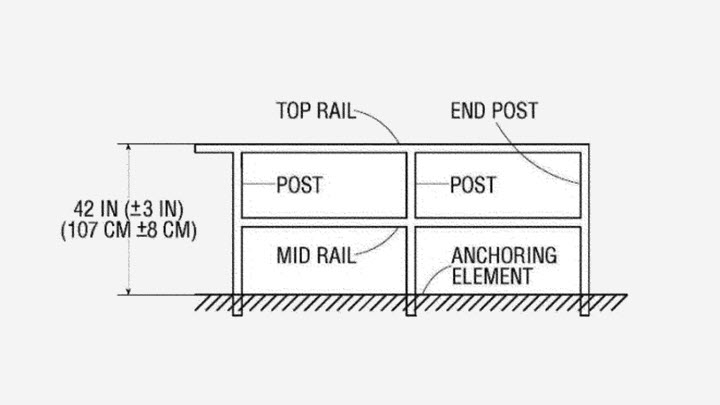Our field service technicians are well trained to complete the services required. Anytime they perform work, they need to take their safety into consideration. There are some basic requirements for site and building safety that our technicians need in place to properly perform the work.
Prior to a Reeb Field Service Technician arriving to complete an assessment, repair, replacement or other requested work, this non-comprehensive list of key requirements for basic site and building safety that must be achieved. All requirements are translated directly from OSHA 29 CFR 1910 Subpart D – Walking and Working Surfaces, which covers and protects all Reeb Millwork Inc. Employees. This list serves to highlight only the most frequently encountered walking and working surfaces hazards encountered by Service Technicians in the Field. Please refer to the regulation listed above for any specific hazards that may be present and direct other potential hazards to the Field Service Coordinator for your work request.
Railing and Leading-Edge Requirements and Specifications:
- Guardrails must be used to protect any edge >4ft. above the next level where a Reeb Technician will be working within 10ft. of the leading edge.
- The top rail shall be 42” (+/- 3”) above the surface.
- Mid-rails shall be installed at a height midway between the top rail and the surface. Compliant Screens, Mesh and/or Balusters may be installed in lieu of Mid-rail.
- Guardrail systems must be able to withstand 200+lbs. applied in the downward and outward direction along the top rail.
- Guardrails are constructed of smooth surface materials to prevent injury.
- Top rail must be at least ¼” in diameter – No wire, twine, banding, etc.

Walking/Working Surfaces (Decking/Floor) Requirements:
- Technicians are protected from stepping, tripping or falling through any hole (including skylights) that is 4ft. or more above a lower level by a secure and stable cover and/or a guardrail system. This includes: open framing/floor joists, stairwell/elevator openings, balconies, porches/decks, door openings to unbuilt exterior structures, etc.
- All floor/decking materials must be secured from movement that could potentially uncover a hole (secured to framing or arranged to prevent movement).
Stairways and Site Access Requirements:
- Technicians are protected from falling into a stairway floor hole by a fixed guardrail system on all exposed side, except for the stairway entrance.
- Temporary stairways must be equipped with properly installed fixed treads – no open stringers.
- Stairways (individual risers and/or access paths) shall not be used for the storage of any materials.
- Each stair can support at least 5x the anticipated load and never less than 1000lbs.
Personal Fall Protection Systems (Harness, Lanyard, Anchor Points (Temporary or Permanent):
- PFPS’s will be considered, in lieu of guardrails/decking, by individual job request ONLY!
- Requests to use PFPS’s must be submitted through your service coordinator with sufficient lead time to allow Reeb to conduct a review of feasibility and overall site safety.
- If approved, technicians will arrive with their own harness and connecting device (lanyard); site must supply a certified fall protection anchor point.

